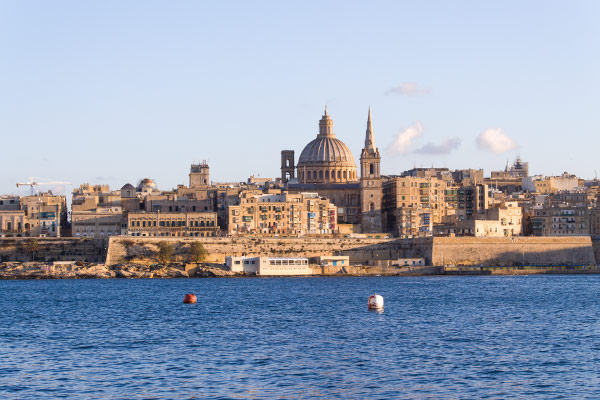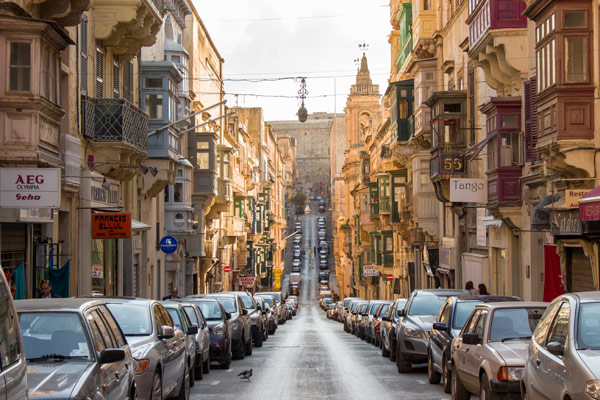Malta is an archipelago in the central Mediterranean between Sicily and the North African coast. Malta is a popular tourist destination (1.6 million tourists per year) with its warm climate, numerous recreational areas, and architectural and historical monuments, including three UNESCO World Heritage Sites. The country became a republic in 1974. Malta was admitted to the European Union in 2004.
Valletta. The entire city of Valletta has been a UNESCO World Heritage Site since 1980. Valletta contains buildings from the 16th century onwards, built during the rule of the Order of St. John also known as Knights Hospitaller. The city is essentially Baroque in character, with elements of Mannerist, Neo-Classical and Modern architecture in selected areas.
Euro (€)
Malta area is 316 km2 and population more than 445 000 making it one of the world's smallest and most densely populated countries. Only the three largest islands – Malta, Gozo and Comino – are inhabited. Numerous bays along the indented coastline of the islands provide good harbours. The landscape consists of low hills with terraced fields. Native Maltese people make up the majority of the island. However, there are minorities, the largest of which are Britons, many of whom are retirees.
Malta has a Mediterranean climate with very mild winters and hot summers. Rain occurs mainly in autumn and winter, with summer being generally dry. In the coldest month – January – the typically maximum temperature ranges from 12 to 20 °C during the day. In the warmest month – August – the typically maximum temperature ranges from 28 to 34 °C during the day. Generally – summers/holiday season lasts to 8 months, starting from around mid-April.
Malta has two official languages: Maltese and English. According to statistics 100% of the population speak Maltese. Also, 88% of the population speak English, 66% speak Italian, and 17% speak French.
Catholicism is the official religion in Malta. There are more than 360 churches in Malta, Gozo and Comino, or one church for every 1,000 residents. The parish church is the architectural and geographic focal point of every Maltese town and village, and its main source of civic pride. This civic pride manifests itself in spectacular fashion during the local village festas, which mark the day of the patron saint of each parish with marching bands, religious processions, special Masses, fireworks and other festivities.

